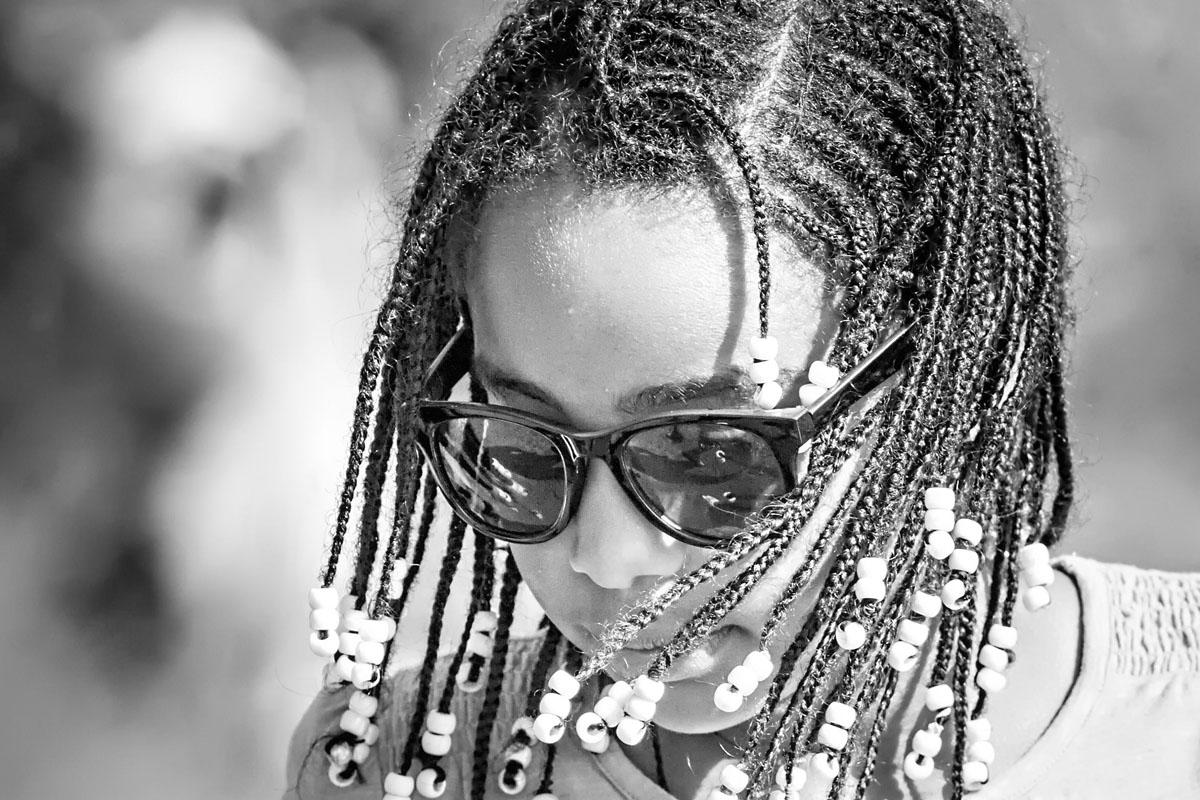Y: Ponytails, cornrows, and tight up-dos are hairstyles that can look great. But wearing your hair pulled tight for extended periods of time can eventually lead to hair loss.
D: The pulling can cause hair to break and fall out. Over time, the strain can damage the hair follicles themselves, and hair cannot grow back.
Y: This develops into permanent hair loss. The medical term for this type of hair loss is called traction alopecia.
D: Traction alopecia affects all populations, but it is more prevalent among African-American women.
Y: For women who wear hairstyles such as cornrows, dreadlocks, and braids for prolonged periods of time, one third develop traction alopecia.
D: If you pay close attention, though, you can maintain a healthy scalp and care for your hair while still using these hairstyles.
Y: The way to do this is to loosen it up. The American Academy of Dermatology suggests that you wear thicker braids, and that you opt for sewn-in weaves instead of ones using bonding glue because these methods reduce pulling.
D: Change it up, too. If you wear a tight hairstyle, limit it to short periods of time. Every month or so, take time to look for signs of hair loss. Tell-tale signs are broken hairs around your forehead, a receding hairline, and patches of hair loss where your hair is pulled tight.
Y: If you ever feel pain from a tight hairstyle, this is a sign that you should change it up straightaway.
D: But remember that traction alopecia is different from hereditary hair loss and other causes of hair loss. If you pay attention, you can intervene and stop progressive damage to your hair.










